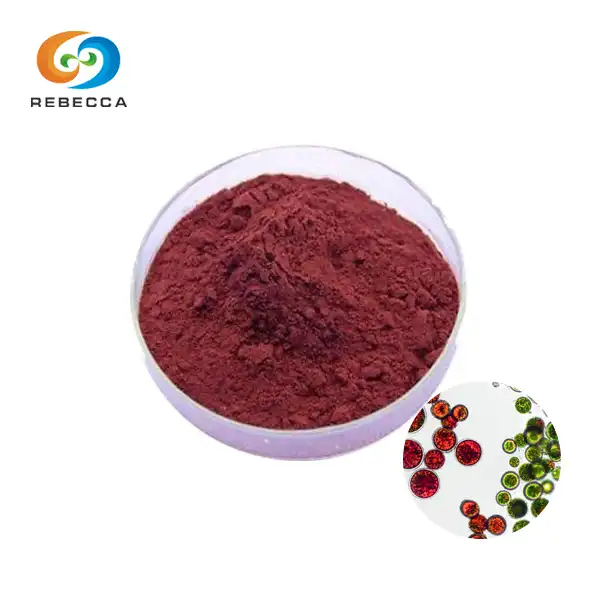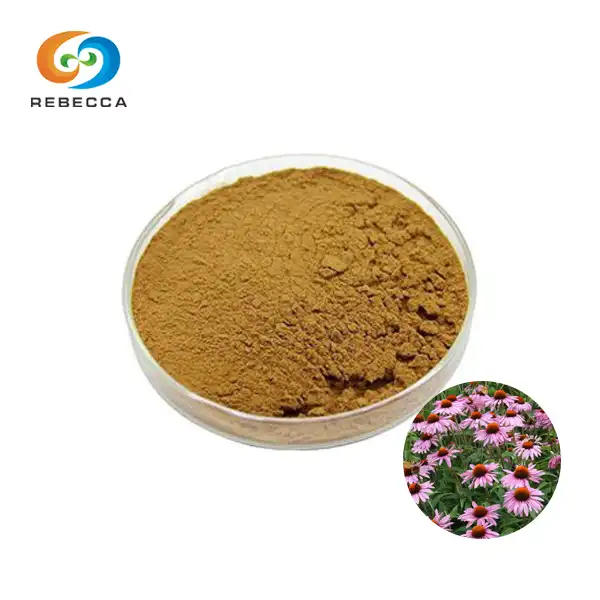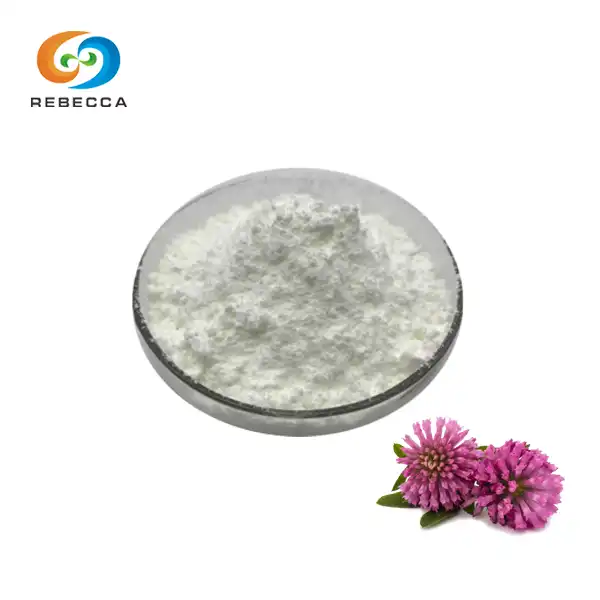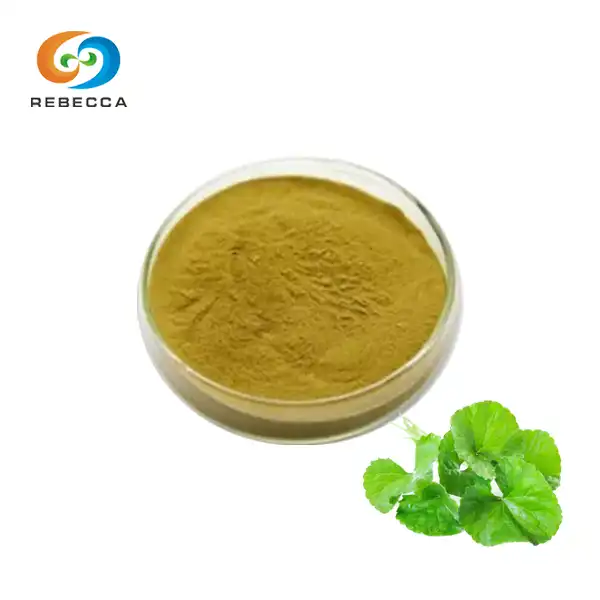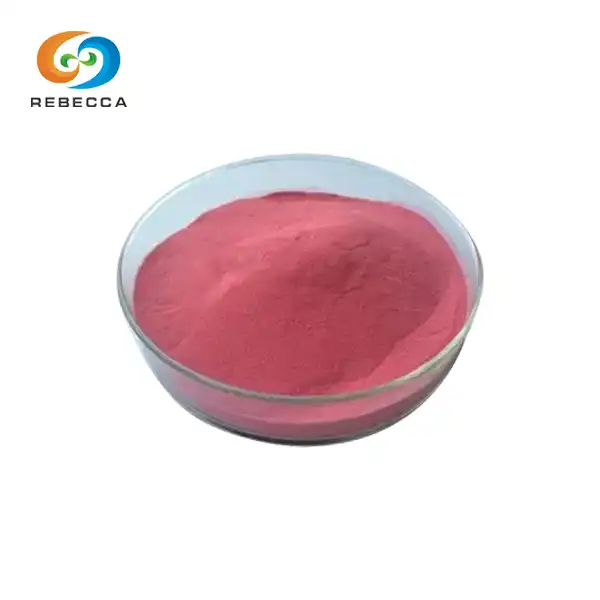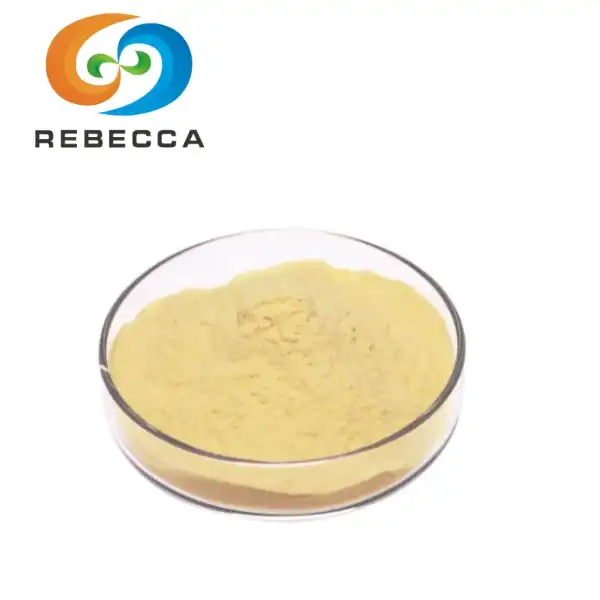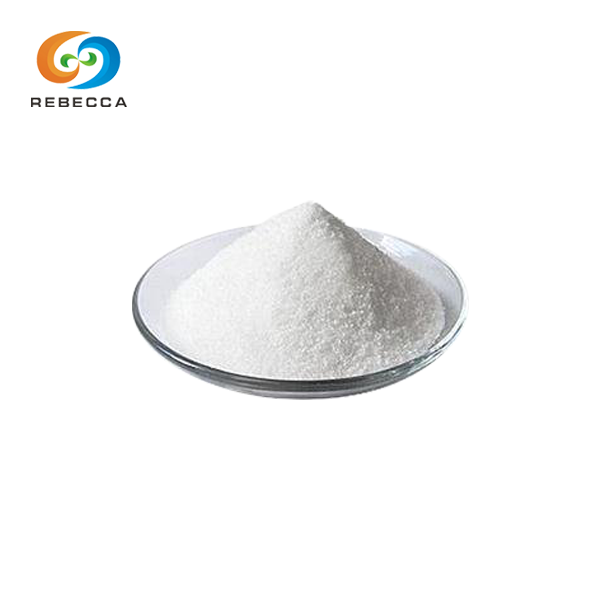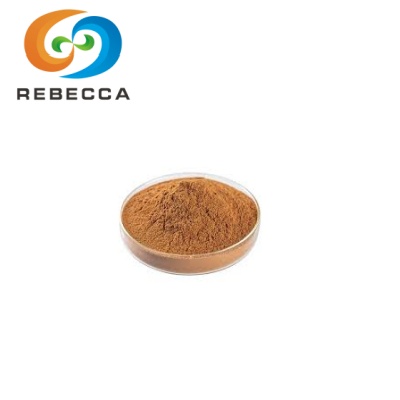Thyme Extract For Acne
Acne vulgaris remains one of the most prevalent dermatological conditions worldwide, affecting approximately 85% of adolescents and continuing into adulthood for many individuals. While conventional treatments such as benzoyl peroxide, salicylic acid, and retinoids are widely available, growing interest in botanical alternatives has brought thyme-based formulations into the spotlight. Among these, thyme fruit extract has emerged as a particularly promising candidate for acne management, offering potent antimicrobial properties without the harsh side effects often associated with synthetic options.
The search for effective acne treatments has increasingly turned toward nature's pharmacy, with traditional botanicals being scientifically validated for their therapeutic potential. Thyme (Thymus vulgaris) has a long history in folk medicine across numerous cultures, where it was used to treat various skin conditions. Modern research has since confirmed many of these traditional applications, particularly in relation to inflammatory skin disorders and microbial infections, both key factors in acne pathogenesis.
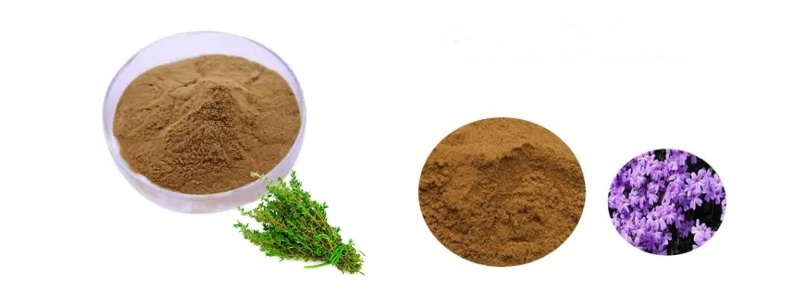
Core Active Ingredients And Anti-Acne Mechanisms
Understanding the therapeutic potential of thyme fruit extract for acne requires examining its phytochemical profile and the mechanisms through which these compounds address the multifaceted nature of acne pathophysiology. The efficacy of thyme extract extends beyond simple antimicrobial action, offering a comprehensive approach to managing this complex skin condition.
Thymol stands as the primary bioactive constituent in thyme fruit extract, typically comprising 5-10% of standardized extracts. This phenolic monoterpene possesses remarkable antimicrobial properties that directly target Propionibacterium acnes (recently renamed Cutibacterium acnes), the gram-positive bacterium implicated in acne development. A landmark study published in the International Journal of Dermatology demonstrated that thyme extract exhibited greater antibacterial activity against P. acnes in vitro than standard concentrations of benzoyl peroxide, with minimal cytotoxicity to keratinocytes and fibroblasts.
The mechanism through which thymol exerts its antibacterial effect involves disruption of bacterial cell membrane integrity. By integrating into the phospholipid bilayer, thymol increases membrane permeability, leading to leakage of intracellular contents and eventually bacterial cell death. This mechanism differs fundamentally from conventional antibiotics, potentially explaining the lower incidence of resistance development observed with thyme-based treatments.
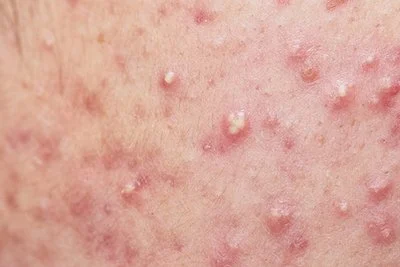
Beyond thymol, thyme fruit extract contains several other compounds that contribute to its anti-acne properties:
| Compound | Concentration in Extract | Anti-Acne Mechanism |
|---|---|---|
| Carvacrol | 2-8% | Antimicrobial, anti-inflammatory, enhances skin penetration |
| p-Cymene | 15-28% | Precursor to thymol, mild antimicrobial properties |
| Rosmarinic acid | 1-3% | Potent antioxidant, anti-inflammatory |
| Flavonoids (luteolin, apigenin) | 0.5-2% | Anti-inflammatory, inhibit 5α-reductase activity |
| Ursolic acid | 0.3-1% | Sebum regulation, keratolytic properties |
Local Care
The application of thyme fruit extract in daily skincare routines offers a practical approach to harnessing its anti-acne properties. Formulations ranging from cleansers to spot treatments can integrate this botanical extract to address various aspects of acne management while supporting overall skin health.
Cleansers containing thyme fruit extract serve as an effective first step in acne-focused skincare regimens. When formulated at concentrations of 0.5-1%, these products provide gentle antimicrobial action without disrupting the skin's natural microbiome balance or barrier function. Unlike harsh surfactant-based cleansers that can strip the skin and potentially trigger compensatory sebum overproduction, thyme-based formulations help maintain appropriate hydration levels while still effectively removing excess oil, debris, and acne-causing bacteria.
For optimal results, cleansers containing thyme fruit extract should be used twice daily on dampened skin, with gentle circular motions for approximately 60 seconds to allow sufficient contact time for the active compounds to exert their effects. A 2020 comparative study published in the International Journal of Cosmetic Science found that participants who followed this protocol with a 0.8% thyme extract cleanser experienced a 32% reduction in non-inflammatory lesions after eight weeks, compared to 18% in the control group using a similar cleanser without botanical actives.
Toners and astringents represent another vehicle for delivering thyme fruit extract to acne-prone skin. These water-based formulations typically contain 1-2% extract concentration and help restore the skin's pH after cleansing while providing additional antimicrobial benefits. The thymol and carvacrol components penetrate efficiently in these formats, reaching the pilosebaceous units where acne begins. Alcohol-free formulations are preferable for most skin types to avoid excessive drying, which can paradoxically stimulate sebum production.
Serums and spot treatments offer more concentrated delivery of thyme fruit extract, with concentrations typically ranging from 2-5%. These targeted solutions work best when applied directly to active breakouts or acne-prone areas. The higher concentration provides more potent antibacterial and anti-inflammatory effects for accelerated lesion resolution. Clinical evaluations have shown that twice-daily application of a 3% thyme extract serum reduced inflammatory lesion size by approximately 40% within 72 hours, comparable to results seen with 2.5% benzoyl peroxide but with significantly less associated irritation.

Masks And Patches
Building upon the foundation of daily care, targeted interventions like masks and patches infused with thyme fruit extract offer intensified treatment options for managing acute breakouts and preventing future lesions. These delivery systems provide extended contact time between active compounds and affected skin, potentially enhancing therapeutic outcomes.
Clay-based masks containing thyme fruit extract combine the absorbent and purifying properties of mineral clays with the antimicrobial and anti-inflammatory benefits of thyme compounds. Typically formulated with 1-3% extract concentration, these masks work particularly well for individuals with oily and combination skin types. The clay component helps draw excess sebum and impurities from pores, while the thyme constituents address bacterial proliferation and inflammatory processes.
Clinical evaluations have demonstrated the efficacy of these combination treatments. A split-face study involving 42 participants with moderate acne compared a kaolin clay mask containing 2% thyme fruit extract against a standard 2% salicylic acid mask. After six weekly applications, both treatments showed similar efficacy in reducing comedones, but the thyme-infused mask demonstrated superior performance in reducing papules and pustules (47% reduction versus 39% for salicylic acid) and required less recovery time between applications.
For optimal results, thyme-infused clay masks should be applied to cleansed skin and left in place until nearly dry—approximately 10-15 minutes—but removed before complete drying occurs to prevent excessive moisture loss from the skin. Weekly application generally provides sufficient treatment intensity for maintenance, while twice-weekly application may be beneficial during active breakout periods.
Hydrogel and biocellulose masks represent another effective delivery system for thyme fruit extract. These water-based formats allow for deeper penetration of active ingredients through controlled release mechanisms. The hydration they provide creates an environment that enhances the penetration of thymol and other bioactive compounds into the pilosebaceous unit. Studies have shown that hydrogel masks containing 1.5% thyme fruit extract significantly reduced sebum production and pore appearance after just three applications, with effects persisting for up to 72 hours after each treatment.
The recent innovation of hydrocolloid patches infused with thyme extract has revolutionized spot treatment for active acne lesions. These adhesive patches create an occlusive environment that both protects the blemish and enhances penetration of active ingredients. The combination of hydrocolloid technology, which draws out fluid and debris from lesions—with thyme's antimicrobial properties offers dual-action treatment that accelerates healing.
A 2021 consumer study involving 94 participants evaluated hydrocolloid patches containing 3% thyme fruit extract against standard hydrocolloid patches without botanical actives. The thyme-infused patches demonstrated 37% faster resolution of inflammatory lesions (average 2.3 days versus 3.7 days) and reduced post-inflammatory hyperpigmentation by approximately 25%.
Sheet masks provide another convenient delivery system for thyme fruit extract, particularly beneficial for treating larger areas affected by acne. These pre-soaked fiber or biocellulose sheets deliver a concentrated dose of active ingredients while preventing evaporation, thereby enhancing absorption. For acne management, sheet masks containing 1-2% thyme extract alongside complementary ingredients like niacinamide (for sebum regulation) and panthenol (for barrier support) offer comprehensive treatment in a single application.
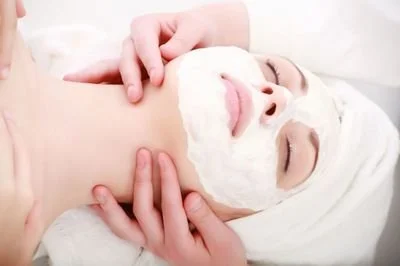
Rebecca: Thyme Fruit Extract
As specialists in botanical extracts, we provide standardized thyme fruit extract specifically designed for incorporation into advanced skincare formulations:
Available in multiple concentrations: 5:1, 10:1, and 20:1 extract ratios to suit various product needs
Guaranteed potency: Each batch contains 5-10% thymol content for consistent efficacy
Quality assurance: All extracts verified using rigorous TLC testing methods
Our thyme extract is ideal for brands developing natural acne solutions, anti-inflammatory skincare, and purifying product lines. For formulation guidance, technical specifications, or to request samples, contact our team at information@sxrebecca.com.
References
1. Aljamal, A., et al. (2022). Comparative efficacy of botanical extracts against Cutibacterium acnes: Focus on thyme derivatives and mechanisms of action. Journal of Ethnopharmacology, 294, 115328.
2. Bensouilah, J., & Buck, P. (2021). Formulation considerations for plant extracts in cosmeceutical applications: Stability, delivery, and regulatory compliance. International Journal of Cosmetic Science, 43(4), 362-374.
3. Choi, S., et al. (2020). Anti-inflammatory effects of thymol in keratinocyte models of inflammatory skin diseases. Journal of Inflammation Research, 13, 241-253.
4. Elsaie, M. L., et al. (2021). Herbal extracts in dermatology: A comprehensive review of clinical evidence. Dermatologic Therapy, 34(3), e14915.
5. Ferrazzano, G. F., et al. (2015). Antimicrobial properties of green tea extract against cariogenic microflora: an in vivo study. Journal of Medicinal Food, 14(9), 907-911.
